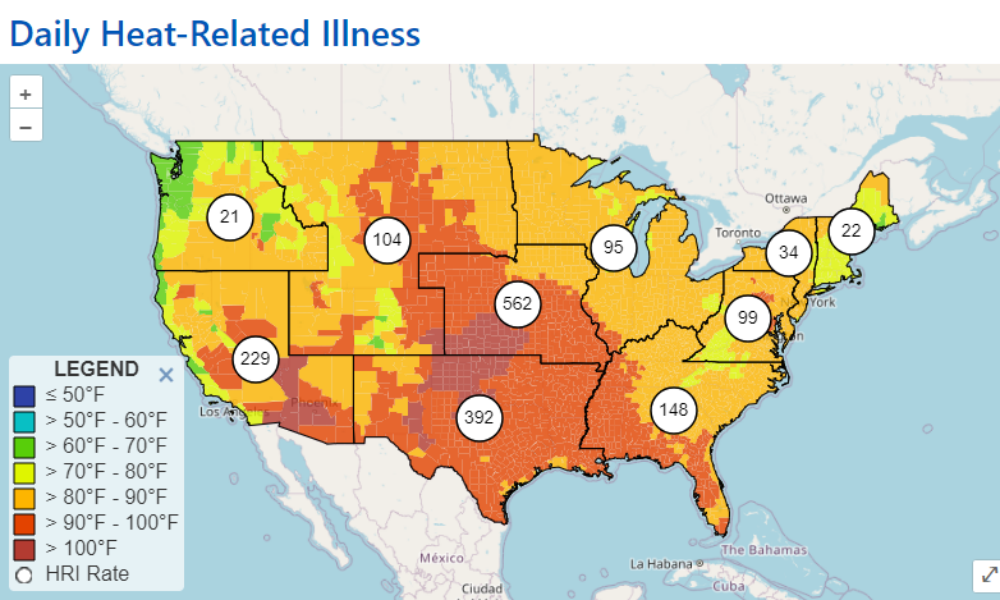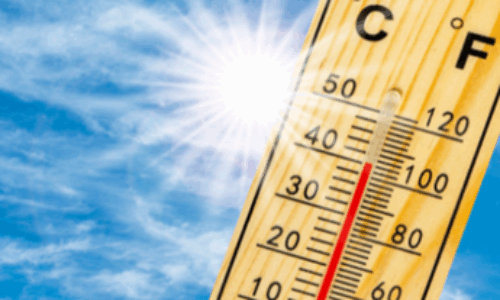Heterogeneity in temperature-mortality relationships across locations may partly result from differences in the demographic structure of populations and their cause-specific vulnerabilities. Here we conduct the largest epidemiological study to date on the association between ambient temperature and mortality by age and cause using data from 532 cities in 33 countries. We collected daily temperature and mortality data from each country. Mortality data was provided as daily death counts within age groups from all, cardiovascular, respiratory, or noncardiorespiratory causes. We first fit quasi-Poisson regression models to estimate location-specific associations for each age-by-cause group. For each cause, we then pooled location-specific results in a dose-response multivariate meta-regression model that enabled us to estimate overall temperature-mortality curves at any age. The age analysis was limited to adults.
We observed high temperature effects on mortality from both cardiovascular and respiratory causes compared to noncardiorespiratory causes, with the highest cold-related risks from cardiovascular causes and the highest heat-related risks from respiratory causes. Risks generally increased with age, a pattern most consistent for cold and for nonrespiratory causes. For every cause group, risks at both temperature extremes were strongest at the oldest age (age 85 years). Excess mortality fractions were highest for cold at the oldest ages.
There is a differential pattern of risk associated with heat and cold by cause and age; cardiorespiratory causes show stronger effects than noncardiorespiratory causes, and older adults have higher risks than younger adults.





